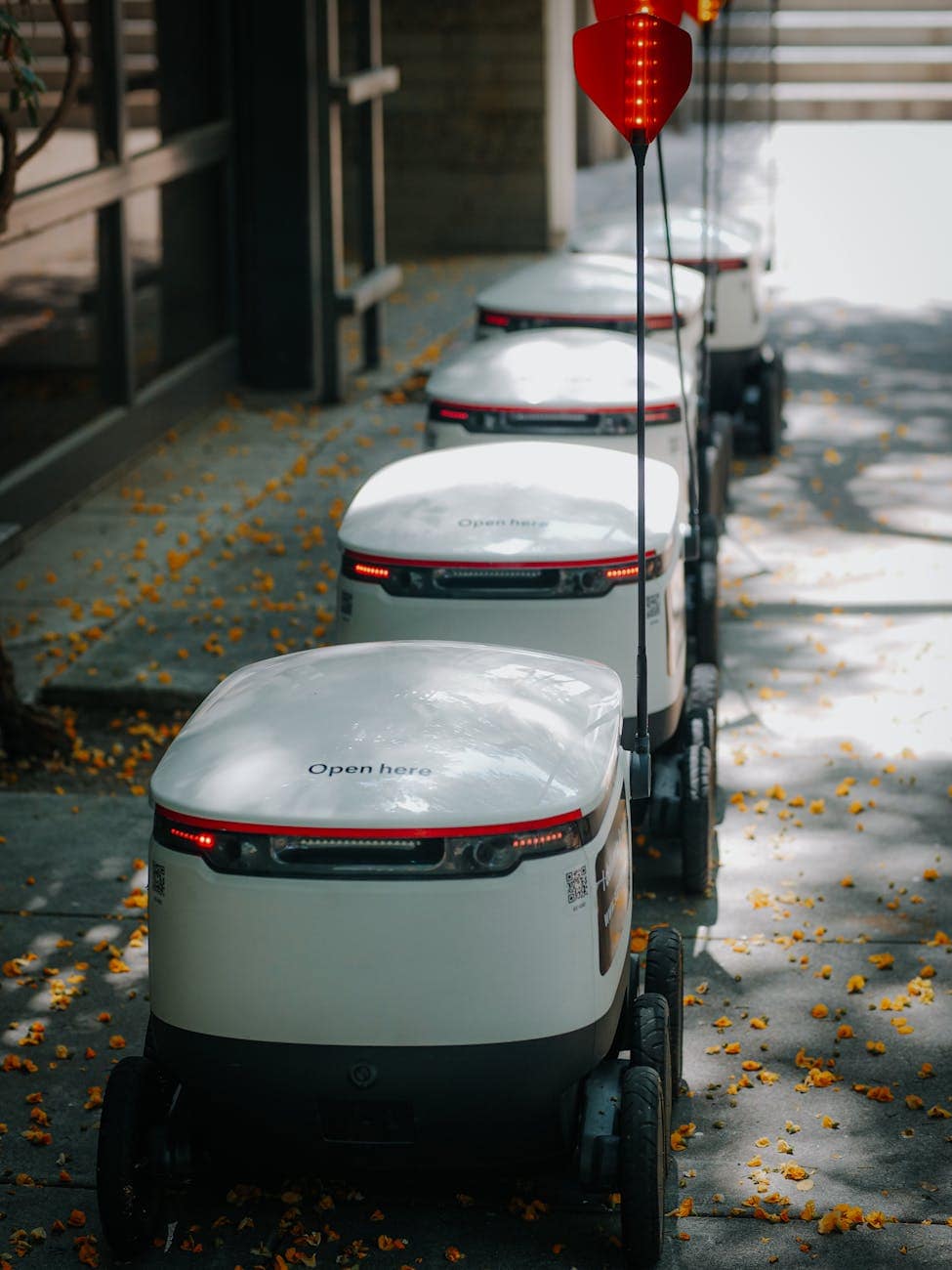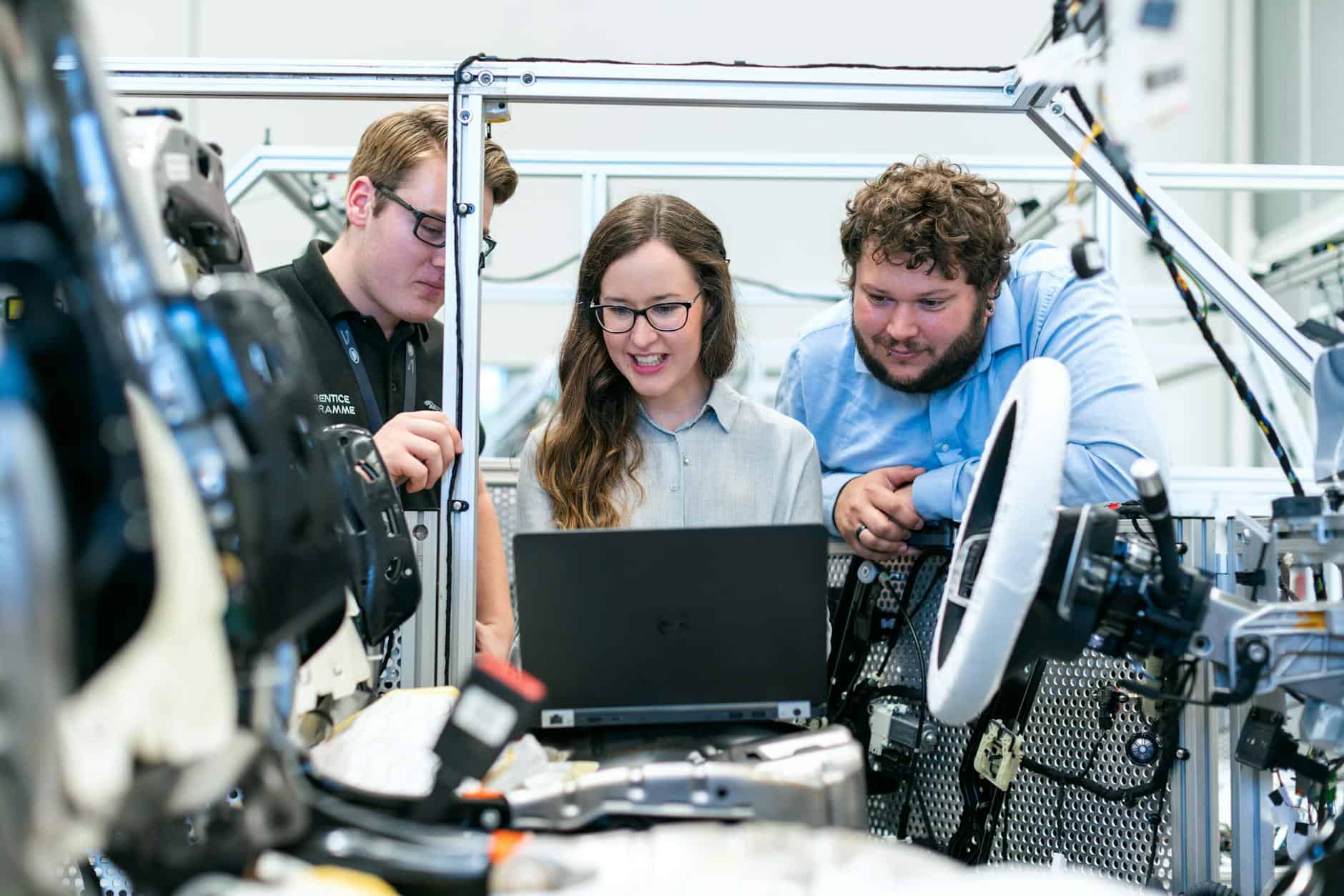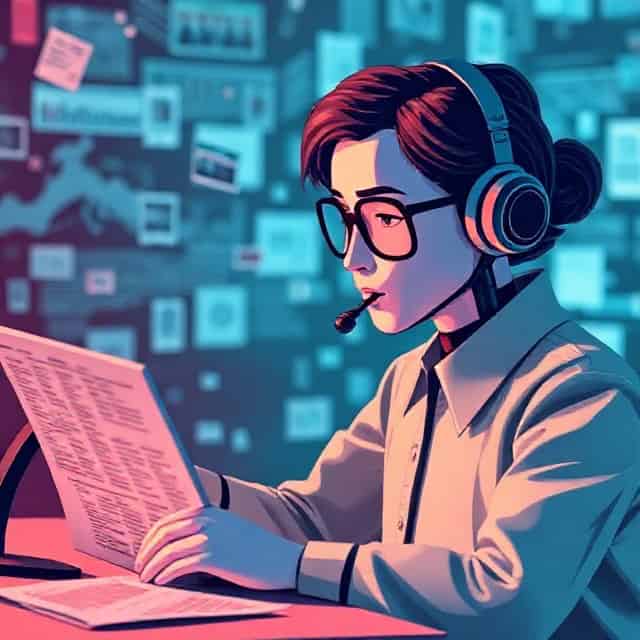Table of Contents
The Dark Side of AI in 2025: How Deepfakes, Fake News & AI-Generated Hoaxes Are Reshaping Reality
Introduction
The year 2025 marks a turning point in the history of artificial intelligence (AI). Once celebrated as the greatest technological advancement of the century, AI is now showing a darker side. From realistic deepfake videos to AI-generated fake news, the technology that was designed to assist humanity is increasingly being misused to manipulate truth, spread hoaxes, and fuel misinformation.

On social media, a celebrity can “die” in fake AI-generated news before they post a selfie the next morning. Political leaders face fake scandals created with deepfakes. Even ordinary people risk becoming victims of AI scams, voice cloning, and identity theft.
This article explores the dangers of AI in 2025, focusing on deepfakes, fake news, and hoaxes—how they work, why they’re dangerous, and what can be done to protect ourselves.
The Rise of AI in 2025 – A Double-Edged Sword
Artificial intelligence has revolutionized industries like healthcare, education, finance, and entertainment. AI assistants can diagnose diseases, generate movies, and even manage businesses. But alongside progress comes risk.
AI is a double-edged sword:
- On one side, it boosts efficiency, innovation, and problem-solving.
- On the other, it empowers cybercriminals, political manipulators, and scam artists to exploit the same technology for deception.
As AI becomes more powerful, it’s harder to separate reality from illusion.
What Are Deepfakes?
Deepfakes are AI-generated videos or audio clips that make people appear to say or do things they never did.
How Deepfakes Work
Deepfakes use deep learning algorithms (especially Generative Adversarial Networks – GANs) to swap faces, mimic voices, and replicate body movements. In 2025, the technology is so advanced that even trained experts struggle to detect fakes without forensic tools.
Real-Life Examples of Deepfakes in 2025
- A fake video of a world leader declaring war went viral on X (formerly Twitter), sparking panic before it was debunked.
- A popular Bollywood actor was shown in a “leaked scandal video” that turned out to be AI-generated.
- Scammers cloned the voices of businessmen to authorize fraudulent transactions worth millions.
Deepfakes are no longer just a joke or meme—they are weapons of misinformation.
Fake News in the AI Era
The battle for reality has begun—and awareness is the first weapon.
Jessica Death With Her Dolphin – The Viral Fake News Story
Deepfakes in Social Media: How AI Hoaxes Go Viral
Fake news is not new, but in 2025, AI has taken it to another level.
How AI Creates Fake News
AI tools like Chatbots, LLMs (Large Language Models), and text generators can instantly produce hundreds of fake news stories with convincing headlines, fake sources, and realistic images.
Why AI-Driven Fake News & Deepfakes Are Dangerous
For example:
- An AI-generated article about a celebrity “dying in a dolphin accident” fooled thousands of readers.
- Fake news about “AI robots taking over a city” spread on Facebook before being flagged.
With AI, fake news is now faster, smarter, and harder to stop.
AI-Generated Hoaxes and Scams
AI is also being used in online scams and hoaxes.
Voice Cloning
Scammers clone the voice of loved ones to trick people into sending money. In one case, a mother received a call from her “son” asking for urgent funds—it was AI-generated.
Fake Images and Documents
AI can create fake passports, ID cards, contracts, and bank documents, making fraud easier than ever.
Viral Internet Hoaxes
From fake celebrity weddings to AI-generated UFO sightings, hoaxes spread faster than fact-checkers can catch them.
Deepfakes in 2025: How AI is Rewriting Reality
The Rise of Fake News in 2025: How AI is Changing the Meaning of Truth
The consequences of AI misuse are serious and global:
- Political Manipulation – Elections can be influenced by fake scandals.
- Financial Fraud – Voice cloning and fake IDs trick banks and businesses.
- Reputation Damage – Celebrities and ordinary people can have their lives ruined by false content.
- Social Panic – Fake crises or disasters can trigger chaos.
- Loss of Trust – People no longer believe what they see or hear online.
In short, AI threatens the foundation of truth itself.
How to Detect Deepfakes and Fake News in 2025
While AI-generated fakes are sophisticated, there are ways to spot them.
Signs of a Deepfake Video
- Unnatural blinking or lip-sync issues
- Slight distortion around the face
- Inconsistent background or lighting
- Voice mismatched with facial emotions
Signs of Fake News
- Shocking or too-good-to-be-true headlines
- No credible sources or official confirmation
- Website domain looks suspicious
- The story spreads only on social media, not in major news outlets
Tools That Help
- Deepware Scanner – Detects deepfake videos
- Reality Defender – Identifies AI-generated content
- Google Fact Check Tools – Verify news stories
Cristiano Ronaldo Private Jet Accident – Fake News Explained
The Role of Social Media in Spreading AI Hoaxes
Platforms like Facebook, TikTok, Instagram, and X are the main battlegrounds for AI-driven misinformation.
- AI bots can generate thousands of fake accounts.
- Viral algorithms prioritize engagement over truth.
- Hoaxes spread faster than corrections.
Social media companies have started introducing AI detection tools, but hoaxes still slip through.
What Governments and Tech Companies Are Doing
Governments around the world are passing laws to fight AI misuse. For example:
- The EU’s AI Act enforces strict rules on deepfake labeling.
- The US has launched AI task forces to monitor fake news.
- China and India have introduced penalties for sharing AI hoaxes.
Tech giants like Google, Meta, and OpenAI are developing AI watermarking systems to identify generated content.
But laws and technology are always one step behind the criminals.
How You Can Protect Yourself
Every internet user must stay cautious.
Tips to Stay Safe from AI Hoaxes
- Verify before sharing – Always double-check news.
- Don’t trust unknown calls – Especially if someone asks for money.
- Cross-check sources – Use multiple trusted outlets.
- Enable security alerts – Banks and apps now warn against voice-cloning scams.
- Educate yourself – The best defense is awareness.
The Future – Will AI Destroy Reality?
Looking ahead, AI will only become more powerful. Experts predict that by 2030, AI may generate 90% of online content.
This raises difficult questions:
- How will we know what’s real?
- Can democracy survive in a world where fake news dominates?
- Will AI laws and detection tools catch up in time?
The future of truth itself may depend on how we handle AI in the present.
Conclusion
AI in 2025 is both a gift and a curse. It has the power to cure diseases, create art, and improve lives—but also to spread lies, destroy reputations, and rewrite reality.
As deepfakes, fake news, and AI-generated hoaxes become harder to detect, the responsibility falls on tech companies, governments, and individuals to protect the truth.













Leave a Reply